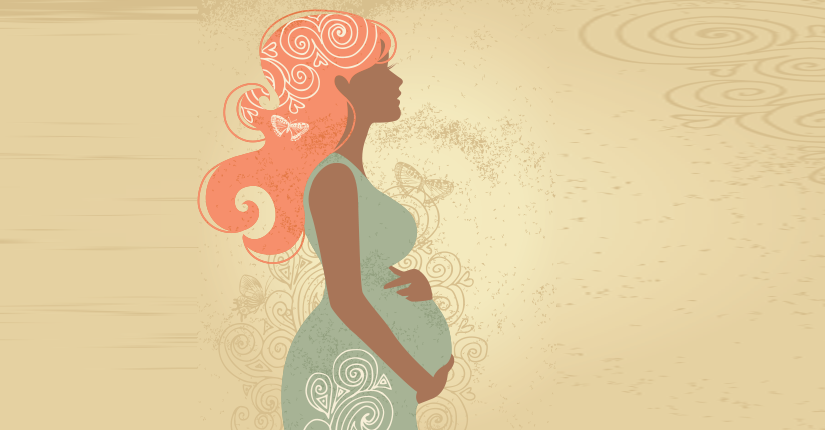Public Health Awareness Week: PEM (Protein-Energy Malnutrition)
By Nmami Life Editorial 06-Apr 2021 Reading Time: 4 Mins

A good nutrition is one of the fundamentals pillar of sound physical health and cognitive abilities. It is broadly believed that ‘we are what we eat’. Everybody requires basic nutrients, calories and protein without which the body fails to function as it has to and lack of nutrients in the body, cause the muscles and the bones weaken which in turns leads to malnutrition.
One type of malnourishment is protein-energy undernutrition. Protein-energy malnutrition (PEM) or known as Protein-calorie malnutrition (PCM) is the outcome of the deficiency of the carbohydrates, fats and especially proteins. A Calorie is a unit of energy our body needs to function. Similarly, the body also needs a large amount of protein.
What is PEM?
PEM or Protein-energy malnutrition is one of the most important public health and nutritional problem due to the chronic deficiency of all the macronutrients and many micronutrients. It can occur suddenly or gradually. It affects children more in developing countries, who are not provided with calories and proteins and affects the older generation, in developed counties.
Protein-energy undernutrition doesn’t occur due to short-term illnesses. It is more likely to develop over a long period.
The two foremost types of this undernutrition are Marasmus and Kwashiorkor:
Marasmus
Marasums, is caused by total calorie (energy) depletion. It is characterised by stunted linear growth and wasting of body tissues particularly muscle and subcutaneous fat. Marasmus normally develops between the ages of six months and one year in children who have been weaned from breast milk or who suffer from weaking conditions such as chronic diarrhoea.
Symptoms:
- Prominence of Ribs
- Slow growth
- Loss of adipose tissue
- Loss of adipose tissue
To prevent marasmus, adequate intake of calories and protein, preferably from a healthful, well-balanced diet is recommended.
Kwashiorkor
Kwashiorkor, a form of PEM is characterized primarily by Protein deficiency. It also known as wet protein-energy malnutrition. This usually appears at about the age of 12 months when breast-feeding is discontinued, but it can develop at any time during a child‘s formative years. It causes fluid retention; dry, peeling skin; and hair discoloration. Also, the infection caused by the parasites, that effects the nutritional condition in the child is one of the reasons for Kwashiorkor.
Symptoms
- Swollen Abdomen and liver
- Weight loss
- Retarded growth
- Peripheral Oedema
- Skin change
To prevent kwashiorkor, a diet rich in protein like egg, fish, meat, soy, dairy products and beans should be done. It is also treated by giving diet rich in carbohydrates, fats and sugars and then slowly followed by protein.
Bottomline:
Today, India is at a peak risk with one of the highest prevalence of undernutrition in the world in spite of improvement in food availability and poverty alleviation. Not getting the enough quantity of the key nutrients, will result in nutritional deficiencies, and will indeed worsen the status of your health. Therefore, eating healthy rich in nutrients is the best way to take care of your health.


















